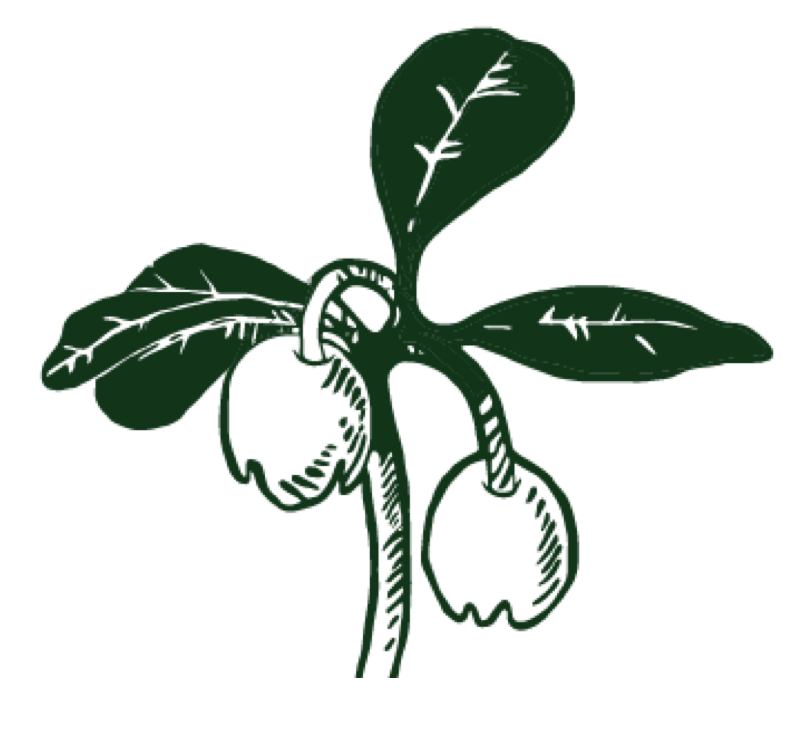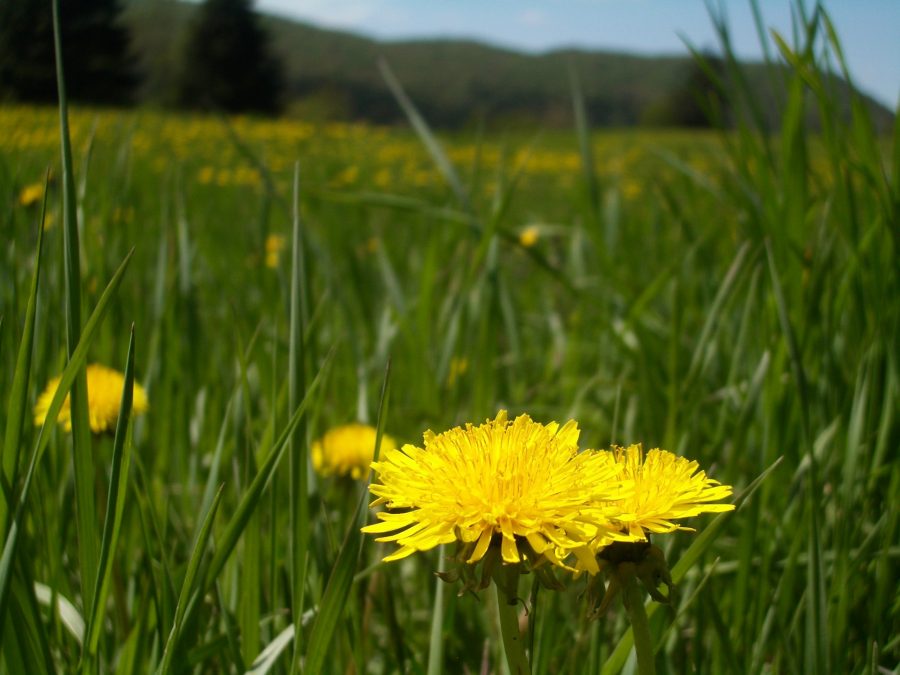The hankering to detox comes on strong in springtime. If we follow a seasonal lifestyle and diet, spring transitions us from the winter diet of carb-heavy in storage vegetables (think: squash, root veggies, grains), meat, and beans to the arrival of verdant, bitter spring greens and fresh-dug roots rich with intense flavors. We can feel our bodies switch gears as the warming weather encourages more activity and time spent outdoors. In the cyclical nature of health, this is the time to think of your eliminatory organs, which you may have ignored and taken for granted.
Your liver is the poster child of detoxification. This important organ is closely aligned with both the digestive and circulatory systems. It ceaselessly filters toxins and waste from the blood and stores it in the bladder (but it does MOST of its work while you sleep, which is why adequate, good-quality sleep is important for detoxification). The digestive system serves as the primary trash pickup route, and when the food you eat makes its way from your stomach into the intestines, signals cause your gallbladder to release its bile down to the intestines (alongside the pancreas’ digestive enzymes). (If you don’t have a gallbladder, then the bile slowly trickles out without the hold-surge pattern triggered by food.) Bile salts help emulsify fats from your food for easier digestion (which is why people without a gallbladder don’t digest tolerate fats well), then the majority of the bile is excreted in your feces, though some is reabsorbed in the intestines.
“Liver movers” comprise the core of almost any detox recipe. These herbs encourage the liver to clean the blood more efficiently and coax the gallbladder to excrete more bile. Dandelion root, burdock root, chicory root, and yellow dock root (also a gentle laxative) – and to a lesser extent dandelion leaves – are classic springtime liver movers taken as tea, in food, extracted with raw apple cider vinegar, or possibly as a tincture. Capsules are less effective: Actually tasting bitter flavors enhances the effect. Artichoke leaf, a classic digestive bitter, also acts as a liver mover. And, turmeric, ginger, and schizandra berry are more exotic herbs that both promote liver detoxification while protecting the organ itself from damage due to toxins.
You may also think of milk thistle as a “liver herb,” and while it’s not as much of a “mover,” it is the most-researched protective herb for the liver. Milk thistle is so powerful that it acts as an antidote to deadly aminita mushroom poisoning, increases liver regeneration 25 to 30 percent, and is often used in protocols for cirrhosis, hepatitis, and fatty liver disease. Unfortunately, the active constituents in milk thistle are not extracted well by normal methods (water, alcohol, vinegar), so standardized capsules seem to be best. Grinding and eating the seeds may also work. They taste similar to sunflower seeds (a relative), but be sure to buy quality seeds that have not gone rancid. Try the seed powder sprinkled in salads, in smoothies, etc. Other foods that may support liver detoxification include beets, artichoke flower buds (the vegetable we commonly eat), asparagus, bitter lettuces and broccoli-family greens, garlic, onions, and mushrooms. Bitter is a classic flavor for the liver, but it’s not the only one. Sour foods like citrus, cranberries, and schizandra berries support detoxification through a variety of channels. Detox herbs tend to also encourage the body to remove toxins from storage. This temporary increase of toxins in the blood may make you feel a little worse before they are eliminated. Usually you start to feel a lot better within a few days.
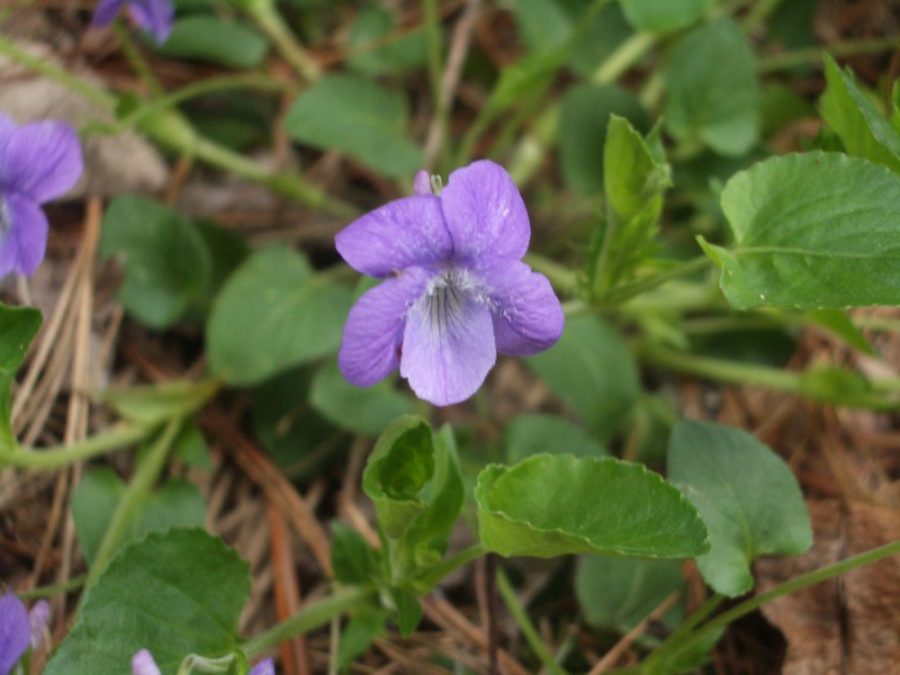
Liver movers are often combined with herbs that support lymphatic flow. Together, they’re known by the old-fashioned term “alteratives” because they alter and clean the blood of excess waste, improving the body’s function and vitality. The lymph system acts on a more microscopic level to filter the body via the interstitial fluid between the cells, and the lymph vessels also contain many immune cells and transport fats. Compared to the digestive, circulatory, and kidney systems, the lymph moves very slowly. Movement of muscles, massage, and skin-brushing help move the lymph through the vessels, squeezed in a singular direction due to one-way valves, ultimately dumping into the circulatory system for elimination. Spring herbs including red clover blossoms, violet leaves, chickweed, and cleavers, as well as calendula flowers, all parts of echinacea, dried alder bark, and red root promote easy flow of the lymph. You’ll often find a few of these herbs in detoxification formulas and tonic recipes. Edema, or swelling, can be a sign of sub-par lymph function, and swollen lymph glands may accompany infection. Lymph-moving herbs lend a hand in formulas for both these conditions, combined with other herbs that enhance their effects – for example, adding diuretic herbs for edema and immune-boosting, antimicrobial herbs during infection.
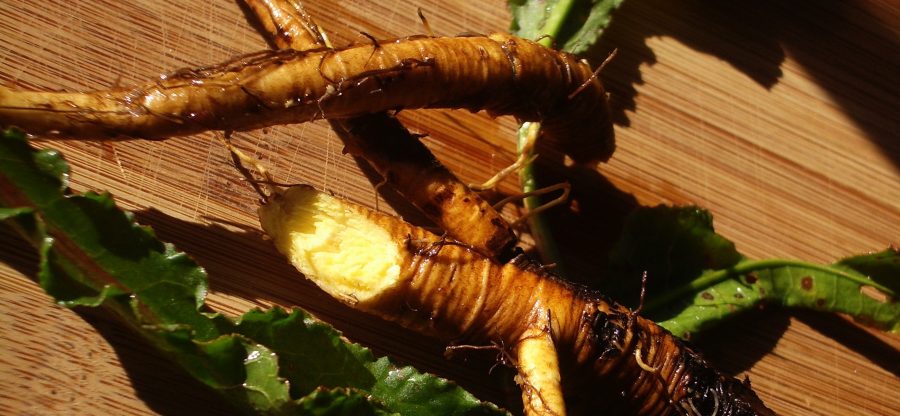
All this detoxification is well and good, but ultimately, the toxins filtered by your liver and lymph need to get out of the body. Your digestive tract (colon) is the easiest way out, but if you’re constipated, then more of those filtered toxins will be reabsorbed through the intestines back into the bloodstream. For this reason, you’ll see that most store-bought “cleanse kits” include a laxative and a fiber supplement. (In fact, some cleanse kits only contain ingredients that focus on the colon, which seems short-sighted to many herbalists.) Harsh laxatives like senna, cascara sagrada, aloe latex, buckthorn, and Turkey rhubarb force the colon to release its contents (something I generally do NOT recommend), and fiber (such as psyillium, flax) helps bulk up the stool by pulling water and other components into the mass. Adequate fiber is important for healthy GI function at any time, but strong laxatives are not really a good idea for long-term use because the body becomes dependent on them quickly. I’d recommend getting most of your fiber from whole foods – which studies show works better than fiber supplements – and then adding ground flax or other seeds (hemp, chia…) to your food or smoothie for added support. If your body isn’t used to a lot of fiber, you’ll want to start slowly, otherwise you might just get backed up and gassy. If you really need laxative support, I’d recommend the gentler, more tonifying action of yellow dock root or the Ayurvedic formula triphala. Both contain smaller amounts of laxative anthraquinone glycosides alongside tannins that help improve the health of the colon lining.
The body isn’t solely dependent on your digestive tract to remove toxins, though. The liver may be a primary detox organ, but your skin is the largest. This pathway isn’t quite as efficient as the digestive tract, though, so when the “toxic load” of your blood builds, you may see the signs in your skin: dark circles under your eyes, acne, rashes, etc. This is why our alteratives like red clover, cleavers, chickweed, dandelion, burdock, and yellow dock are also known as skin herbs because they improve the detoxification and take some burden off of the skin. You may notice that your skin gets worse before it gets better. You can also improve detoxification through the skin with baths, saunas, and exfoliating skin-brushing.
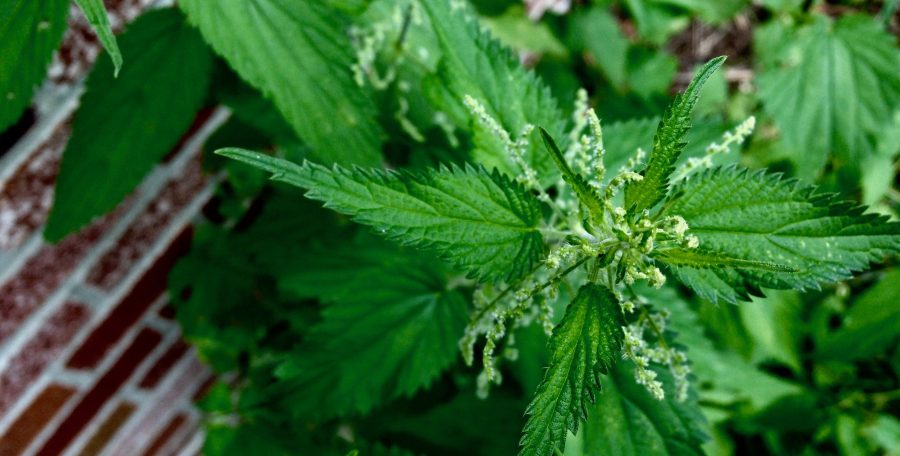
One more organ system plays a key role in detoxification: your kidneys and urinary tract. Along with promoting homeostasis in the fluids of the body (including acid-base balance, electrolytes, and blood pressure), they kidneys also filter the blood, focusing on different types of waste compared to the liver. Nitrogenous compounds (components in protein, preservatives, and other sources) form the basic of urea, which is excreted through the urine. As you might guess, a high-protein diet can stress the kidneys, and detox diets generally focus on limited and more plant-based protein sources. Herbs that promote detoxification through the kidneys include diuretics like parsley, burdock, celery, dandelion leaves (and, to a lesser extent, roots), asparagus, leafy greens, goldenrod, and stinging nettles. You should also be sure to drink plenty of water so that it’s easier for the kidneys to flush out toxins and things don’t get too heavy concentrated as they work their way through the renal system. Be prepared to have to pee a lot more often! It’s better to take diuretic herbs in the morning than in the evening, lest you may experience some embarrassing accidents. The painful experience of gout is caused by a build up of uric acid crystals, and herbs and foods that promote removal of these compounds can help: nettle, cherries (especially black and tart cherries), and celery. Super tart red treats like hibiscus and cranberry help prevent bacteria from sticking to the walls of the bladder, decreasing the risk of infections. Because the kidneys are all about water, water-based remedies are best to support these bean-shaped organs: think juice, tea, and broths.
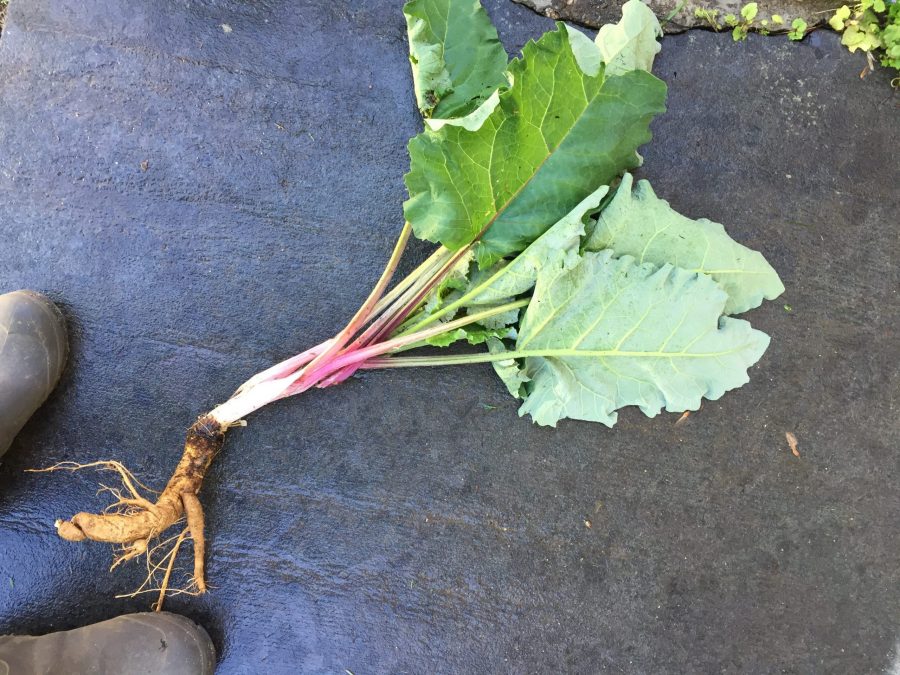
You can take a variety of approaches to spring “cleaning,” but incorporating healing herbs and foods into the diet is my favorite and the most traditional approach. Set aside a few days or a week to really key on the ingredients mentioned above. Make a few alterative-rich teas, some healing brothy soups, and focus on a diet rich in vegetables and fiber. Foods that tend to bog down digestion and detoxification include fats, animal protein (don’t avoid protein completely, though – it’s important for liver function), dairy, coffee, alcohol, sugar, gluten, and refined carbohydrates. Limit or avoid these during your cleanse for optimal results. Be sure to still include some amount of protein (beans, fish, nuts, seeds), carbohydrates (winter squash, beets, brown rice, quinoa), and quality fats (fatty wild fish, olive oil, nuts, avocado, coconut) in your daily diet to help you feel satisfied. If you have diabetes, heart disease, an eating disorder, kidney or liver disease, take a lot of pharmaceuticals, or are pregnant or nursing, reving up detoxification and eating a limited diet may be problematic – check with your healthcare practitioner before embarking on a cleanse. However, for most people, enhancing detoxification with herbs and food is a great way to transition into the warm, happy days of spring and summer.
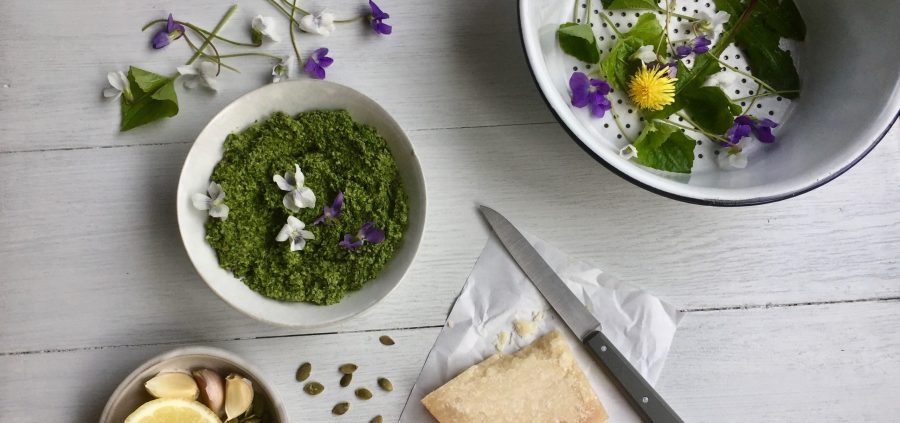
Spring Green Detox Pesto
Blend a mix of wild spring greens with nuts or seeds (perhaps milk thistle?), olive oil, and salt to taste. Consider herbs like chickweed, dandelion, arugula, watercress, and other nutritious edible weeds like sheep sorrel, lambsquarters, or pigweed. Use a food processor or bullet blender. This should keep for a few days in the fridge. Click here for a more detailed recipe.
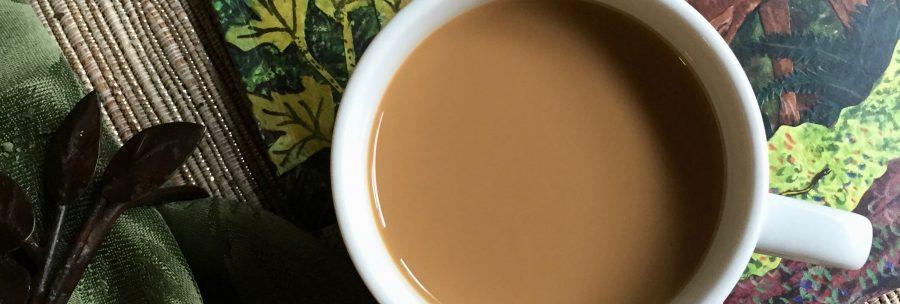
Bitter Root Tea
Simmer 1 teaspoon each dandelion root, burdock root, and roasted chicory root in 16 ounces of water for 15 minutes and strain for a coffee-ish beverage tea. For colon support, add 1/2 teaspoon yellow dock root. If you’d like to switch up the flavor, try adding some grated ginger, a star anise pod, four cardamom pods, and/or a 1/2 teaspoon of licorice. This will keep in the fridge for several days. Oat milk makes a lovely dairy-free creamer for this.
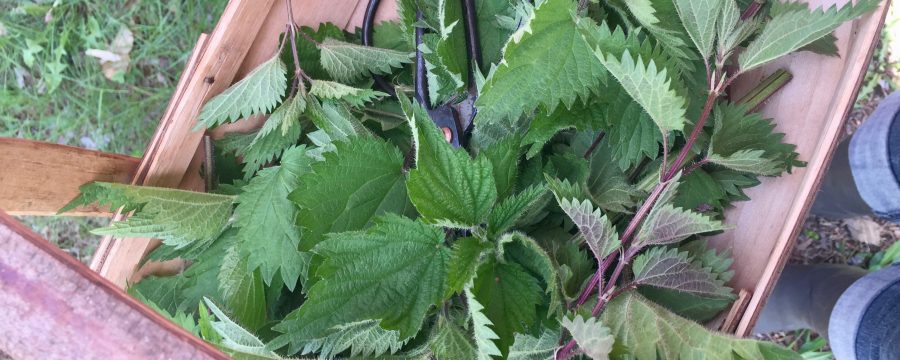
Nettle-Clover Strong Nourishing Infusion
Put 1/2 ounce of dried nettles and 1/2 ounce of dry red clover blossoms in a quart jar or French press pot. Cover to the top to the top with boiling water, stirring to mix the herbs in. Let steep, covered, for four hours or overnight, then strain by pressing down the French press strainer or squeezing through a cloth. If you’d like, you can also add up to 1/4 ounce peppermint or spearmint for flavor or try the three herbs in a more standard infusion of one tablespoon dry herb mix steeped in 16 ounces of hot water for 15 minutes or longer. This will keep for up to two days in the fridge. Violet leaves are great in this tea, too!
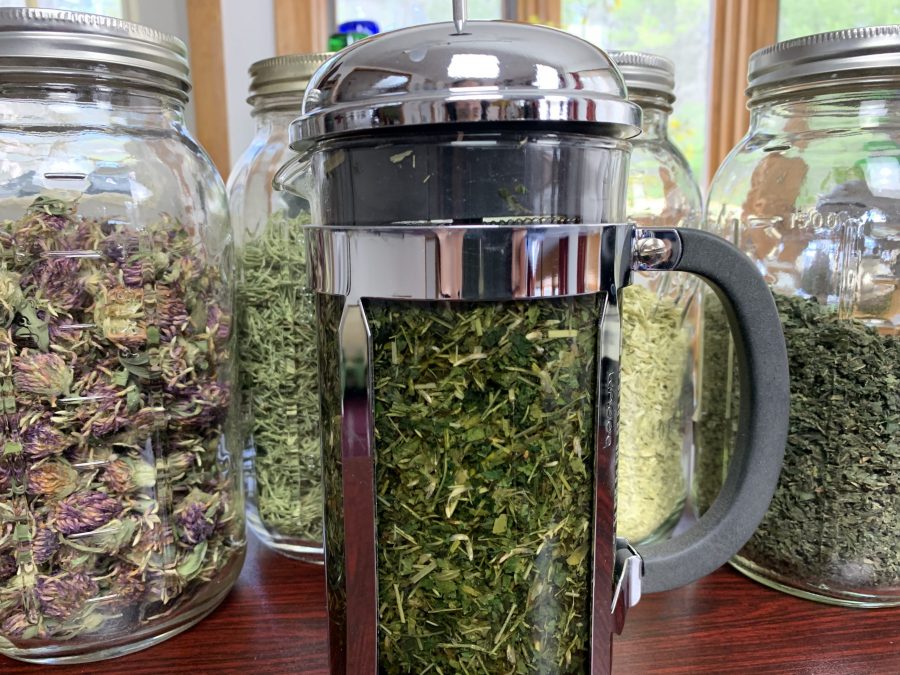 Dandy-Ginger Oxymel
Dandy-Ginger Oxymel
Combine equal parts dried, cut-sifted (or fresh, chopped) dandelion and ginger roots halfway in a jar. Cover to the top with a mix of raw apple cider vinegar and local honey (use as much honey as tastes good to you, usually 25-50% to 75-50% vinegar). Shake to combine and let steep for at least two weeks, shaking daily. Strain, and squeeze as much liquid out as possible. It's pretty yummy! Take 1/4 to 1/2 teaspoon with meals or use it in recipes, add to seltzer, make salad dressing, etc.
Learn More
Check out more recipe ideas in this bone-building blog post. Most of the herbs we use for detoxification are also nutritive and bone-supportive. Broth, simmered syrup, vinegars, teas, etc.
More About Bitters in my "Building Resilience and Resistance" blog
Cocoa Roasted Bitter Roots Tea Recipe
Virtual Spring Herb Walk for more info on identification and processing, wildcrafting tips
Spring Medicinal & Edible Plants Webinar, recorded April 14, 2020, Slides here
Watch the Spring Tonics Radio Show I did with the Concord Food Co-op and Dr. Deb Sellars on 107.7 on March 19, 2021
Clinical herbalist Maria Noël Groves sees clients and teaches classes at Wintergreen Botanicals Herbal Clinic & Education Center in Allenstown, New Hampshire.
The statements made on this blog have not been evaluated by the FDA and are not intended to diagnose, prescribe, recommend, treat, cure, or offer medical advice. Please see your health care practitioner for help regarding choices and to avoid herb-drug interactions.
This article originally appeared in Herb Quarterly magazine in 2014 and has been reprinted with permission.
